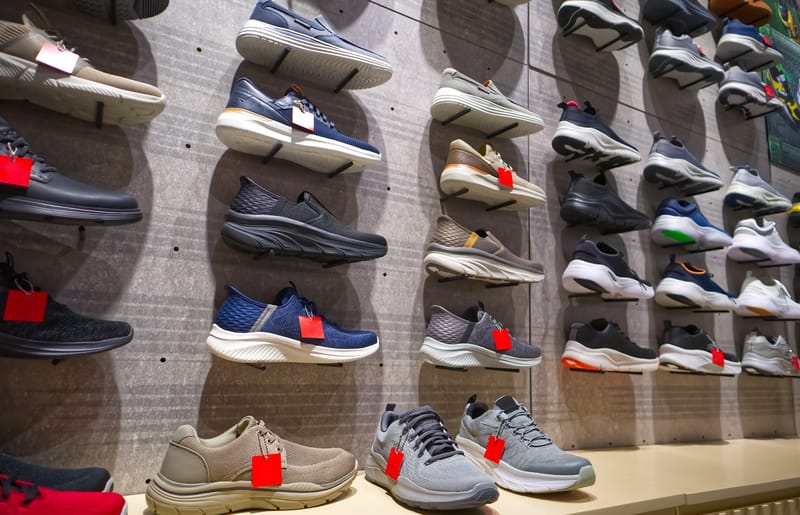
Your feet determine how the mechanical forces of standing, walking and running get distributed to the knees, hips, back and spine. Shoe gear plays a critical role because it can change how those forces are distributed. Shoes can help with osteoarthritis (OA) by reducing joint loads and improving comfort and stability. The right shoes can help manage symptoms, but they should be used in combination with other treatments.
Shoes with good stability help keep your feet neutral, preventing excessive pronation or supination. Pronation occurs when the foot rolls inward too much, while supination happens when the foot rolls outward. Both of these foot movements can contribute to knee pain and discomfort over time.
Cushioning is another crucial factor to consider. Shoes with adequate cushioning help absorb the shock that occurs with each step, reducing the impact on your knees. This can be particularly important for individuals with arthritis knee pain, as the cushioning can help alleviate some of the pressure on the joints.
One common mistake is wearing shoes with worn-out soles. Over time, the cushioning in shoes can break down, leading to inadequate shock absorption. This can result in increased stress on the knees and exacerbate knee pain.